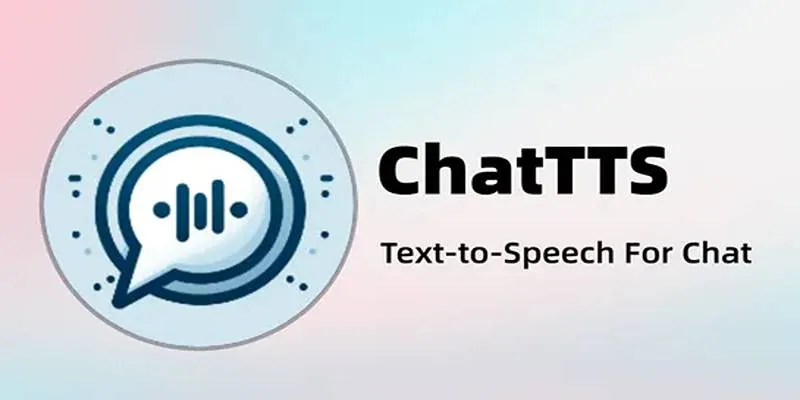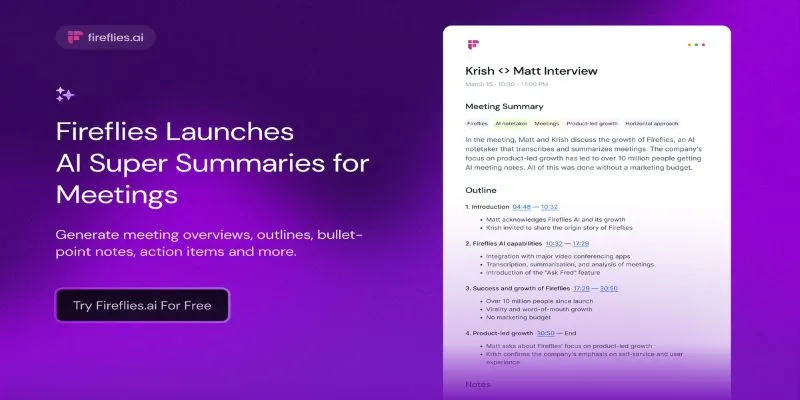Let’s face it: when we think of artificial intelligence, what usually comes to mind is big, bulky, and resource-hungry models. And for good reason — the biggest names in generative AI are massive, often needing entire data centers and specialty hardware just to stay functional. But what if you didn’t need all that? What if you could get smart responses, real-time performance, and solid results without drowning in technical overhead or infrastructure costs?
That’s where Q8-Chat comes in — compact, capable, and optimized for Xeon processors. Yes, the same Xeon CPUs that power many enterprise systems today. Q8-Chat isn’t trying to compete in size; it’s winning on efficiency. And it does so with surprising grace.
Why Q8-Chat Works Well Without Being Huge
What differentiates Q8-Chat is not so much that it’s Xeon-powered but how. Generative AI models tend to be huge by nature. Complexity tends to mean high computational loads, slow inference times, and large energy expenses. Q8-Chat cuts that fat.

Instead of chasing endless layers and billions of parameters, Q8-Chat focuses on what matters: speed, accuracy, and smart resource use. Think of it like getting the performance of a premium sports car — but without the need for a racetrack. It’s tuned to run efficiently on CPUs, and that makes all the difference for users who don’t want to rely on expensive GPU infrastructure.
Now, this isn’t about cutting corners. Q8-Chat still delivers nuanced language understanding and natural replies. But it does so with fewer resources, making it a practical choice for companies looking to integrate generative AI into everyday workflows, not just showcase demos.
How Q8-Chat Uses Xeon’s Strengths to Its Advantage
So, let’s talk about Xeon. It’s been around for years, holding down servers, workstations, and cloud platforms alike. What makes it a good fit for something like Q8-Chat?
For starters, Xeon processors offer strong multi-core performance, wide memory support, and consistent thermal handling. These traits are ideal for running optimized models that don’t require specialized accelerators. Q8-Chat takes advantage of this by staying light enough to keep up with the CPU’s pace, without overloading it.
And it’s not just about compatibility. Q8-Chat is built to play nice with Xeon. The model’s quantization — the process of reducing numerical precision for faster computing — is tailored in a way that keeps performance high without sacrificing response quality. This approach means you’re getting near real-time outputs, even when handling multiple tasks in parallel.
In simpler terms: it runs fast, stays responsive, and doesn’t ask your system to sweat too much. Not bad for something that doesn’t rely on fancy hardware tricks.
Step-by-Step: Setting Up Q8-Chat on a Xeon-Based System
Setting up Q8-Chat doesn’t require a PhD or a week of free time. If you’ve worked with containerized apps or lightweight models before, this will feel pretty familiar.
Step 1: Prep the Environment
Make sure your system is ready. A recent-generation Xeon processor with at least 16 cores works well, though Q8-Chat can run on less if needed. Have Linux or a compatible OS installed, and make sure you’ve got Python and the necessary package managers (pip or conda).
Step 2: Install Required Dependencies
Q8-Chat doesn’t ask for much, but it does need a few basics. Install any needed runtime libraries (like NumPy, PyTorch with CPU support, and any language model backends used). Many of these are available in one go via pip install -r requirements.txt.
Step 3: Load the Model
Once your environment is ready, pull the Q8-Chat model weights from its repository or storage. Thanks to quantization, the model size is small enough to avoid long download times. Load it into memory using the provided script or an API if you’re integrating it into an app.
Step 4: Run Inference Locally
Here’s where it gets fun. Fire up the Q8-Chat interface — this could be a CLI, a REST API, or a browser UI depending on your setup. Type a prompt, and watch the response come in within seconds. No cloud call. No GPU load. Just smooth, local inference.
Step 5: Add Your Own Layer (Optional)
Want to customize replies or adjust tone? Q8-Chat supports light tuning and prompt engineering, so you can shape how it responds. Whether it’s customer service queries, knowledge base lookups, or internal documentation help, you can adjust it to match your use case.
What You Can Expect from Using Q8-Chat Day-to-Day
The real win with Q8-Chat is how easy it is to keep it running — and how little you need to maintain it. Since it doesn’t rely on cloud inference, you’re cutting out latency, dependency risks, and vendor lock-in. This gives teams more control, and surprisingly, better data privacy too.

Performance-wise, expect response times between 1–3 seconds on a modern Xeon CPU, even for moderately long prompts. It won’t beat GPU-backed models on raw speed, but it stays consistent, and that matters more in many real-world situations.
Memory usage is modest, and because of the model’s quantization, you won’t need terabytes of RAM or cooling setups. Just a clean configuration, and Q8-Chat runs like a charm.
And it’s not limited to tech teams. With a simple front-end, support agents, editors, or research staff can start using it without needing to know what’s under the hood.
In Summary
Q8-Chat isn’t trying to be the biggest or flashiest AI model on the block — and that’s exactly the point. It brings smart performance to everyday machines, leans into the strengths of Xeon CPUs, and avoids the excess that often slows down adoption.
If you’re looking for an AI that can handle real workloads without demanding a supercomputer, Q8-Chat is worth your time. It proves that you don’t always need more — sometimes, less is just what you need. And that’s the beauty of it: clean, efficient, and smart enough to stay out of its own way. Just how it should be.
 zfn9
zfn9











